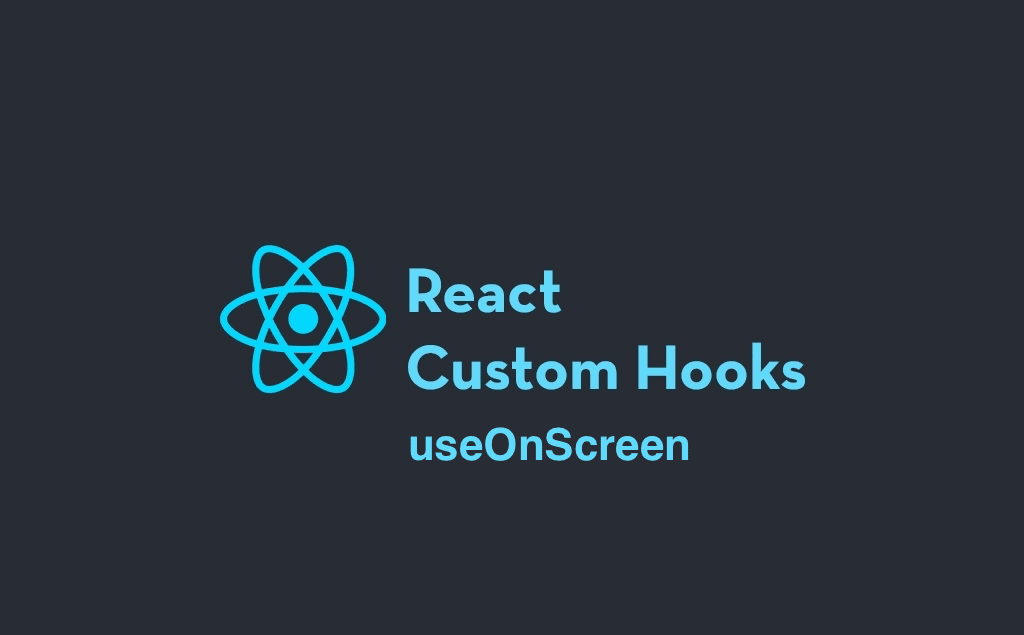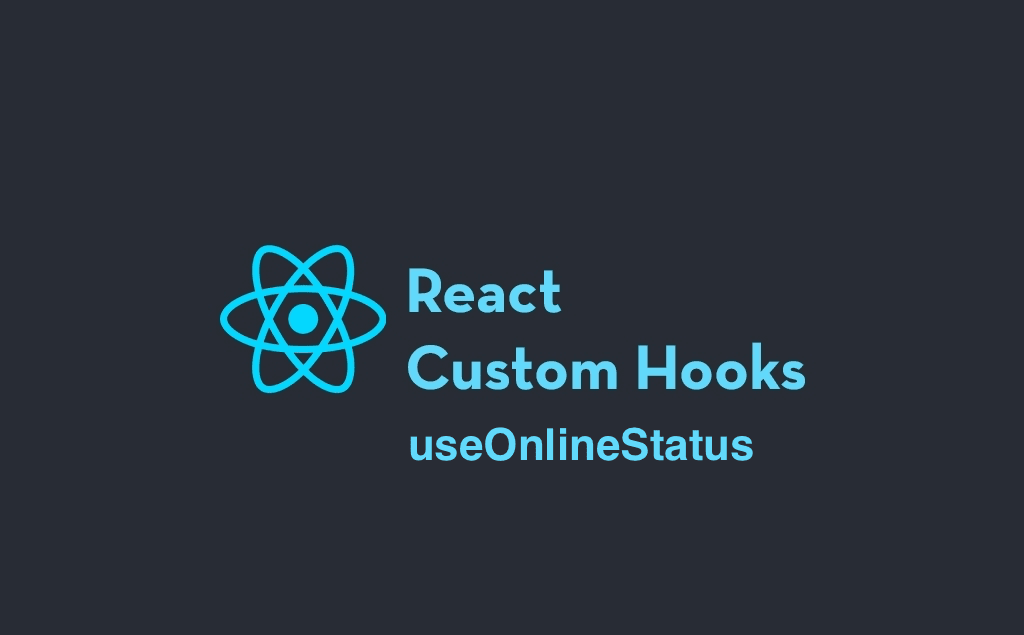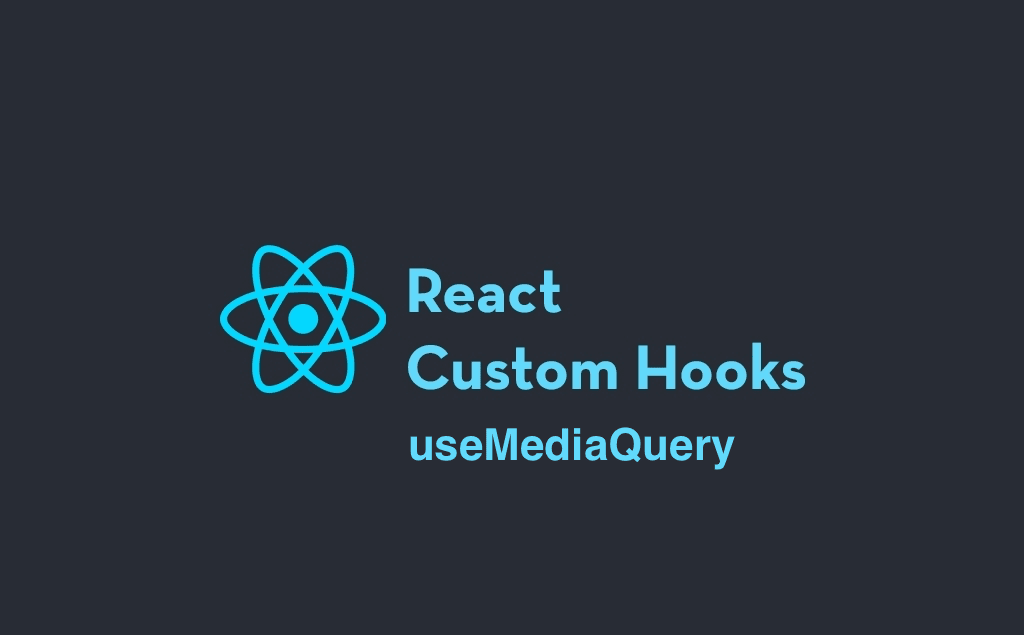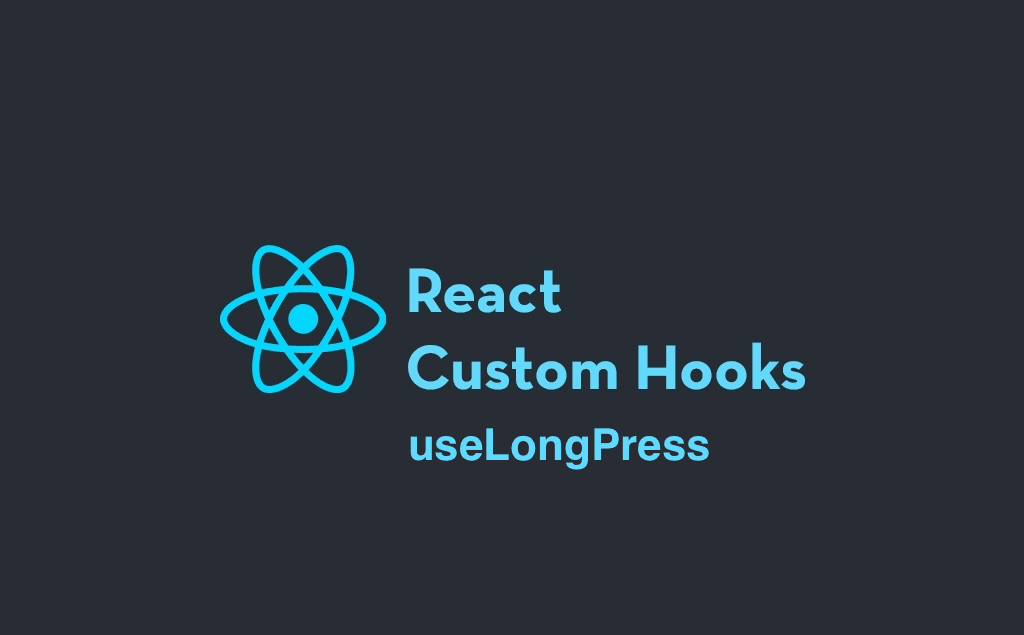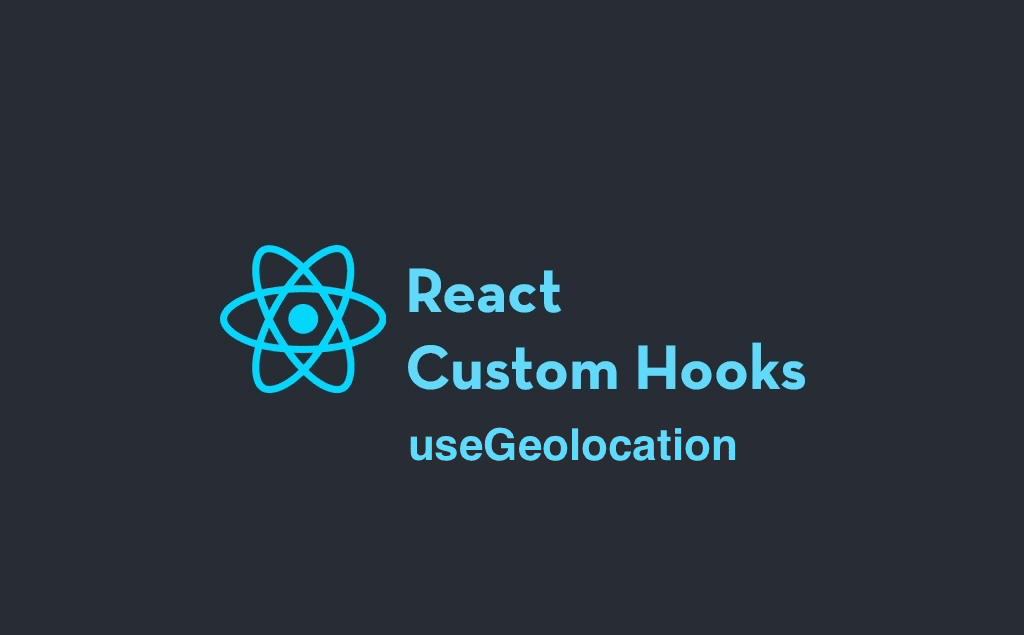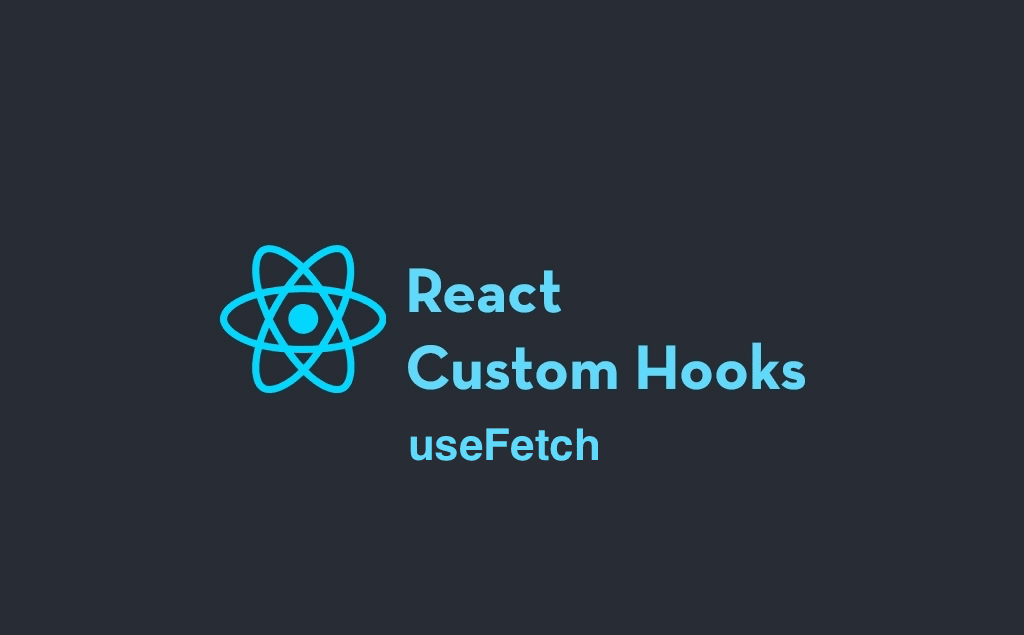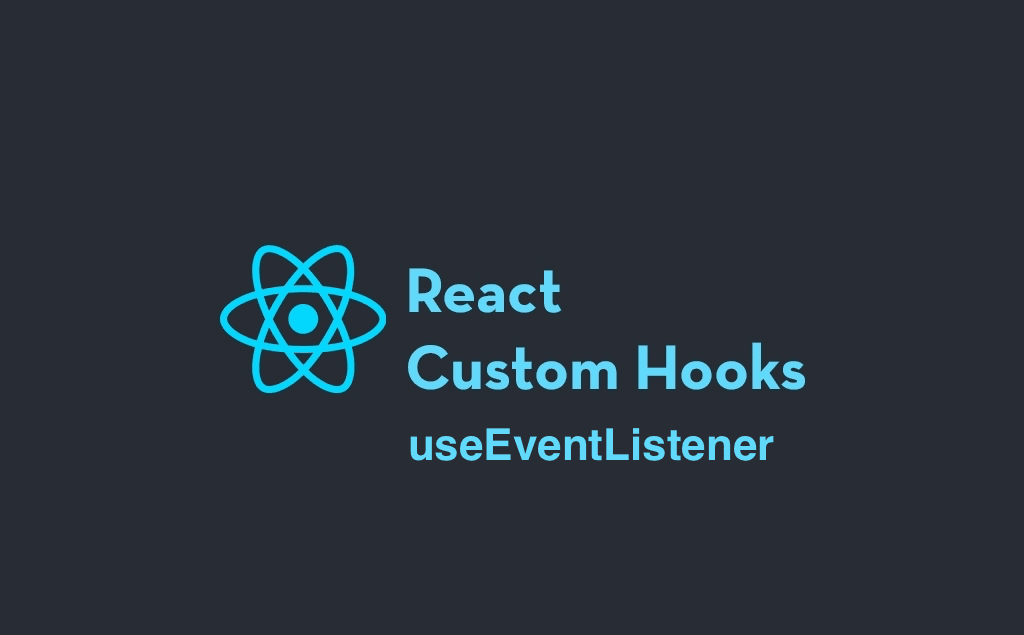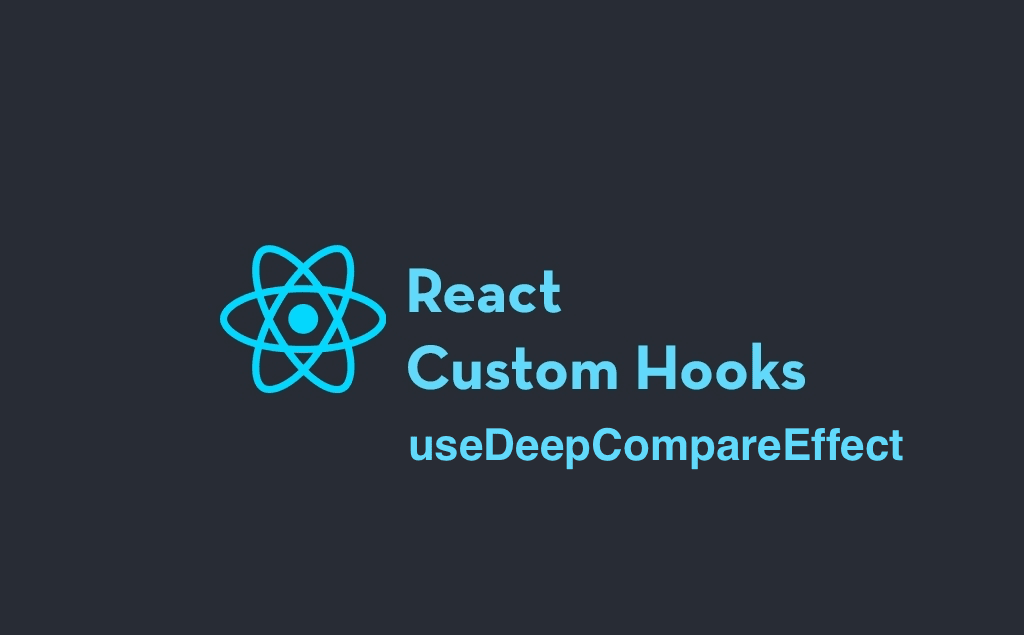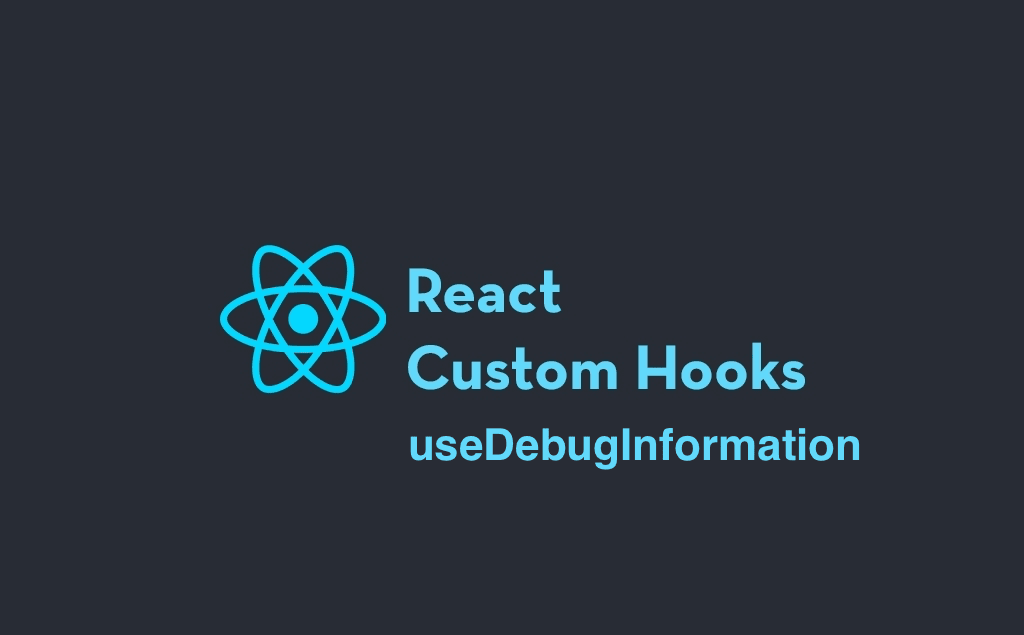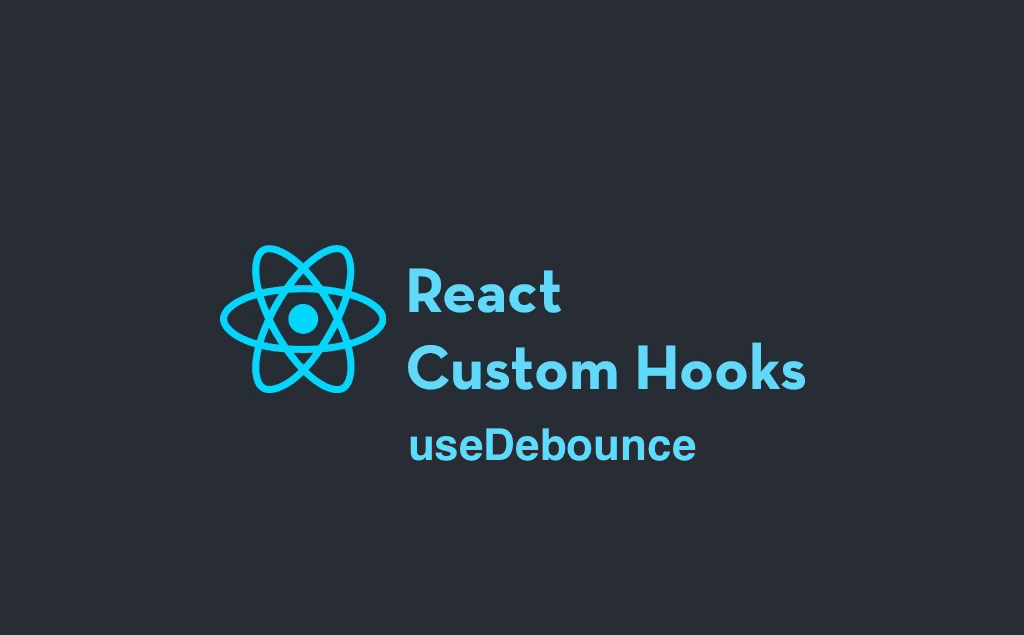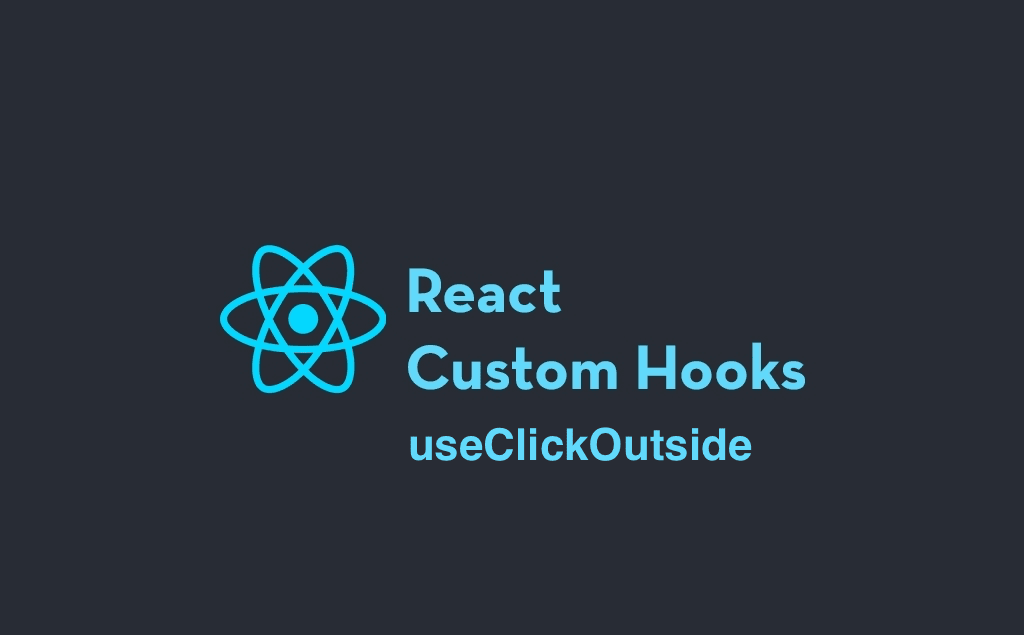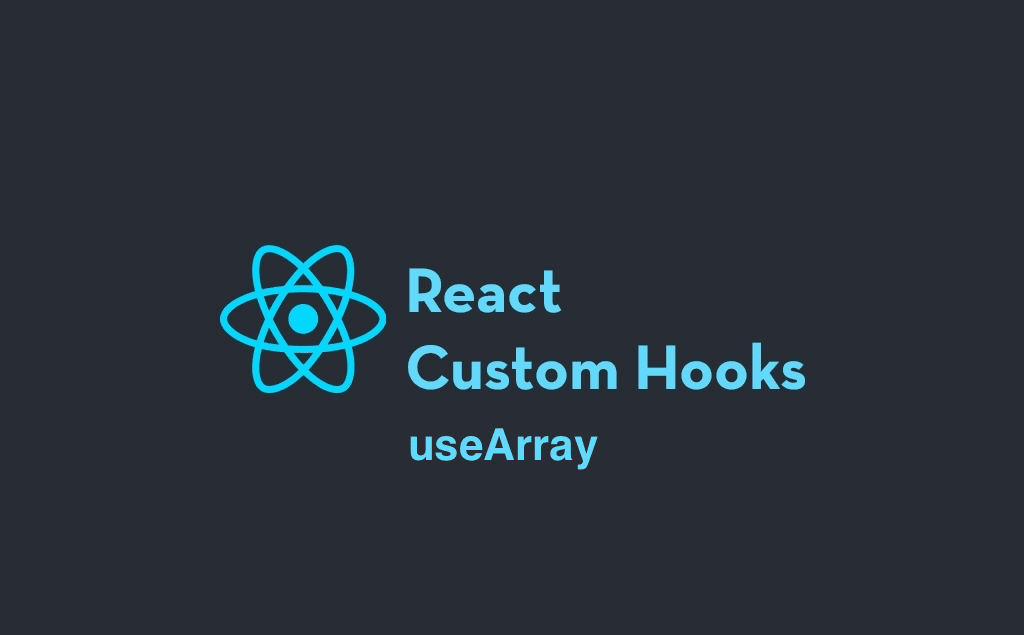In the rapidly evolving landscape of digital entertainment, the year 2023 has witnessed a profound transformation in Video On Demand (VOD) Over-The-Top (OTT) platforms. These platforms have redefined how audiences access and consume content, introducing cutting-edge technologies and innovative features that have revolutionized the entertainment industry.
Embracing Augmented Reality (AR) and Virtual Reality (VR)
In 2023, VOD OTT platforms have embraced AR and VR technologies to provide viewers with immersive and interactive experiences. Users can now step into virtual worlds, interact with characters, and actively participate in the content they are watching, transcending the boundaries of traditional passive viewing.
Imagine exploring an ancient civilization through the eyes of a protagonist, feeling the thrill of an adrenaline-pumping car chase, or even interacting with virtual avatars of celebrities and influencers. The integration of AR and VR into VOD OTT platforms has ushered in a new era of interactive and experiential entertainment.
Personalization: The Heart of the VOD Experience
Powered by advanced artificial intelligence (AI), VOD OTT platforms have taken personalization to new heights. By analyzing user behavior, preferences, and viewing habits, these platforms deliver tailor-made content recommendations, ensuring that viewers find exactly what they love without extensive searching.
This level of personalization ensures that users are presented with content that resonates with their tastes, creating a seamless and enjoyable content discovery experience. By removing the need for extensive searching, VOD OTT platforms have become the go-to destination for viewers seeking highly relevant and engaging content.


